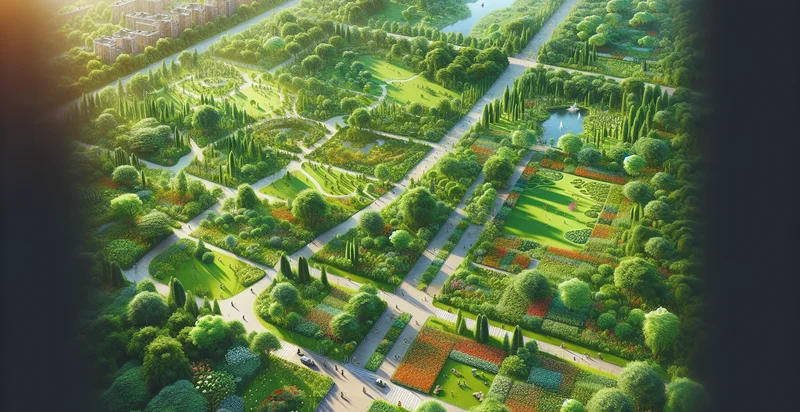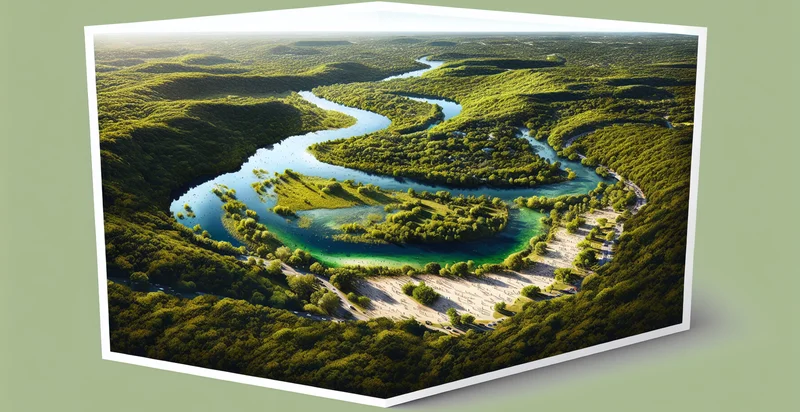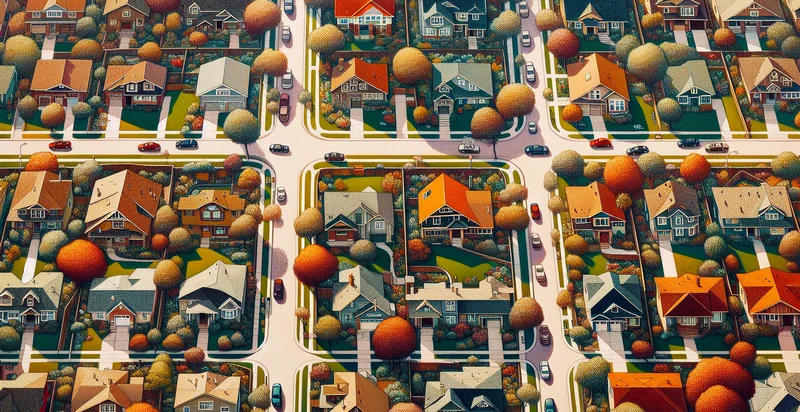Identify aerial views of parks
using AI
Below is a free classifier to identify aerial views of parks. Just upload your image, and our AI will predict if the park is well-maintained - in just seconds.

Contact us for API access
Or, use Nyckel to build highly-accurate custom classifiers in just minutes. No PhD required.
Get started
import nyckel
credentials = nyckel.Credentials("YOUR_CLIENT_ID", "YOUR_CLIENT_SECRET")
nyckel.invoke("aerial-views-of-parks", "your_image_url", credentials)
fetch('https://www.nyckel.com/v1/functions/aerial-views-of-parks/invoke', {
method: 'POST',
headers: {
'Authorization': 'Bearer ' + 'YOUR_BEARER_TOKEN',
'Content-Type': 'application/json',
},
body: JSON.stringify(
{"data": "your_image_url"}
)
})
.then(response => response.json())
.then(data => console.log(data));
curl -X POST \
-H "Content-Type: application/json" \
-H "Authorization: Bearer YOUR_BEARER_TOKEN" \
-d '{"data": "your_image_url"}' \
https://www.nyckel.com/v1/functions/aerial-views-of-parks/invoke
How this classifier works
To start, upload your image. Our AI tool will then predict if the park is well-maintained.
This pretrained image model uses a Nyckel-created dataset and has 2 labels, including Green Parks and Urban Parks.
We'll also show a confidence score (the higher the number, the more confident the AI model is around if the park is well-maintained).
Whether you're just curious or building aerial views of parks detection into your application, we hope our classifier proves helpful.
Related Classifiers
Need to identify aerial views of parks at scale?
Get API or Zapier access to this classifier for free. It's perfect for:
- Park Management Optimization: Aerial image classification can help park management teams identify the distribution of green spaces and facilities. By analyzing these images, managers can develop targeted maintenance schedules and resource allocation strategies to enhance visitor experience.
- Urban Planning and Development: City planners can leverage aerial views of parks to assess existing green spaces and strategize for future developments. This function allows for better planning of urban environments by promoting the creation and preservation of parks within densely populated areas.
- Environmental Monitoring: Environmental scientists can utilize the image classification function to monitor the health of parks over time. By comparing aerial images, they can identify changes in vegetation cover, biodiversity, and potential threats from urbanization or climate change.
- Recreational Facility Enhancement: Fitness and recreational organizations can analyze aerial views to identify park attributes that attract visitors, such as trails and playgrounds. Insights gained from the data can guide the development of new facilities and amenities tailored to community needs.
- Marketing and Promotion: Businesses that cater to outdoor activities can use aerial park classifications to target their marketing efforts. By showcasing the unique features of parks from above, they can promote tourism and recreational activities effectively, drawing in visitors to specific locales.
- Wildlife Observation and Conservation: Conservationists can utilize this classification function to assess habitats within parks and monitor wildlife populations. This information can be crucial for developing conservation strategies and ensuring that ecosystems remain healthy and sustainable.
- Emergency Response Planning: Emergency services can utilize aerial views of parks to develop response strategies for natural disasters or public emergencies. Understanding the layout, access points, and features of parks can aid in effective evacuation plans and resource deployment.


